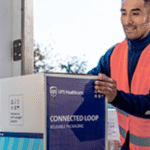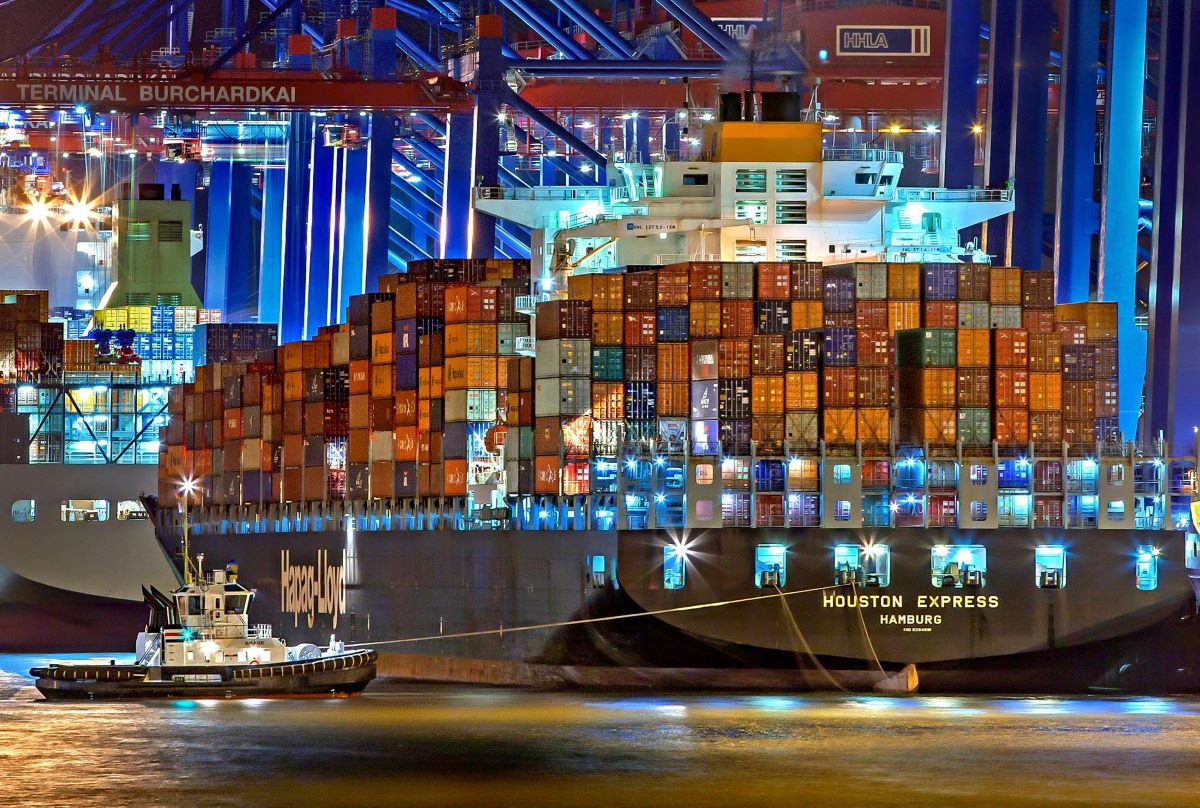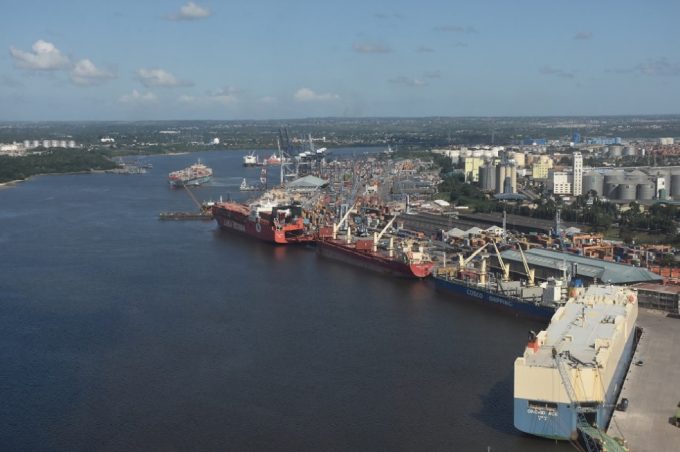
The global rollout of self-driving cars has slowed due to regulatory and liability concerns in many regions, but the pace of adoption in China has now jumped to a point where trucks equipped with assistive driving systems are collectively traveling more than 1 million kilometers every day, according to a report by IDTechEx.
One reason for this trend is that the commercial shipping sector offers a clearer path to monetization than passenger vehicles, as its routes are fixed, operating costs are measurable, and efficiency gains are directly linked to profitability.
Similar forces are certain to be driving the expansion of self-driving trucking in the U.S. and Europe, where companies like Aurora, Plus and TuSimple are developing pilots and OEM integration, IDTechEx said.
But the industry is growing faster in China, according to a report by IDTechEx analyst Shihao Fu, after a visit to Inceptio Technology, a Chinese self-driving trucking company. Here’s why: Around the world, self-driving trucking faces two persistent hurdles: the long timeline for commercialization of fully Level 4 autonomous systems and the slow adaptation of regulatory frameworks to real-world operations. In contrast, China’s logistics ecosystem, characterized by high freight density and flexible political support, has enabled a distinct path: “aid first, automation later.”
In the example described in the report, since Inceptio launched its pilot programs to market in 2021, the company has scaled up its Xuanyuan self-driving system through mass production programs with major OEMs such as Dongfeng, Sinotruk and Foton. The system now represents nearly 50% of production volume across partner models, with cumulative autonomous mileage exceeding 300 million kilometres. By focusing on Level 2+ assistance before reaching full Level 4 autonomy, Inceptio has reduced barriers to large-scale deployment while continuously collecting real-world data to improve the algorithm and develop long-term autonomy.
This approach is well suited to China’s long-distance shipping network, as delivery time and labor cost determine profitability. Traditionally, routes less than 1,000 kilometers in length have relied on rotating drivers, while longer routes have relied on “carry-over” or “drop-and-hook” operations involving multiple drivers and trucks. Inceptio’s L2+ system directly addresses these pain points by reducing fatigue and extending safe driving hours, IDTechEx said.










